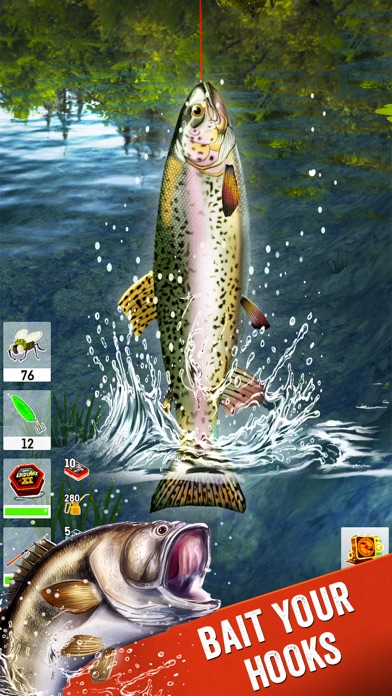
The interspersed layers of silt and sand recorded long stretches of frequent hurricane strikes punctuated by lulls that lasted many centuries. But storm surges from intense hurricanes carry sand and bits of shells from the ocean beach over the dunes and into the lagoon, leaving telltale layers in the typically black, organic-rich silt on its bottom. The lagoon is protected and separated from the ocean by dunes during all but the most severe tropical storms.

“Understanding how they will change in a warming world could be extremely important in determining the kind of hurricane activity we will see in the future.”ĭonnelly, an associate scientist at WHOI, and Woodruff, a doctoral student in the MIT/WHOI Joint Graduate Program, began reconstructing the history of Caribbean hurricanes in 2003, by driving 13-foot (4-meter) cores through the bottom of Laguna Playa Grande on Vieques, Puerto Rico. “But our research demonstrates that the El Niño/Southern Oscillation and the West African monsoon are certainly important,” he said. “Over the past several thousand years, ocean temperatures have never been as warm as they are now, so we have no analog to help predict how they will affect hurricane activity.” “Warm sea surface temperatures are clearly important in fueling intense hurricanes,” Donnelly said. Today, concerns about global warming have focused public attention on warmer ocean waters as a prime suspect for increased hurricane activity. Somewhat to their surprise, they also found extensive periods of intense hurricanes in the past, when ocean temperatures were cooler than they are now.



The record showed that the dominant forces spawning heightened hurricane activity appeared to be atmospheric conditions generated by weak El Niños in the tropical Pacific and strong West African monsoons, Jeff Donnelly and Jon Woodruff reported May 24, 2007, in the journal Nature. Reaching down into the muck below a lagoon off Puerto Rico, two geologists at Woods Hole Oceanographic Institution reached back 5,000 years to compile the longest record of strong hurricanes in the Atlantic region.


 0 kommentar(er)
0 kommentar(er)
